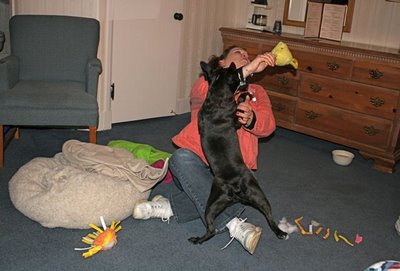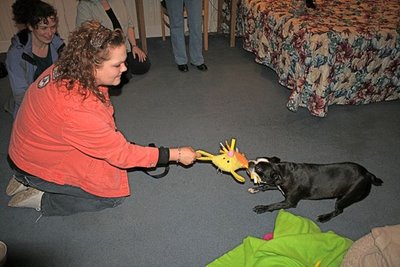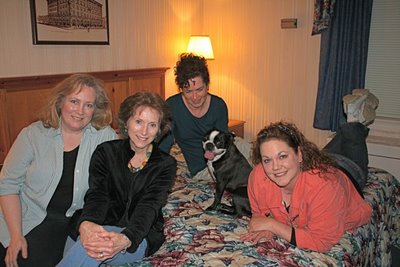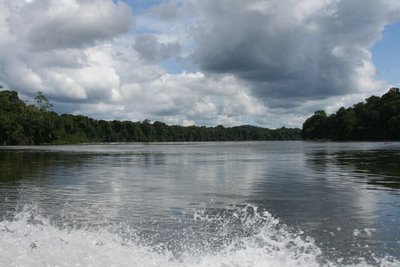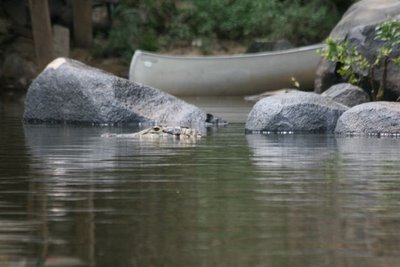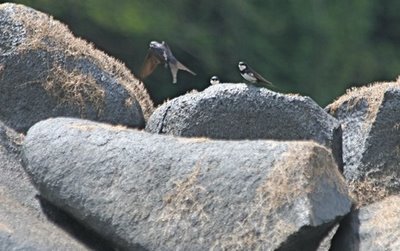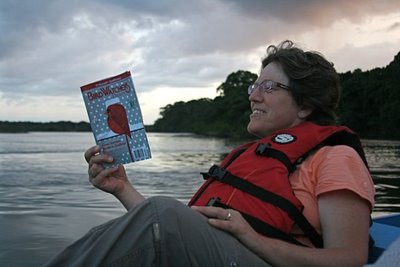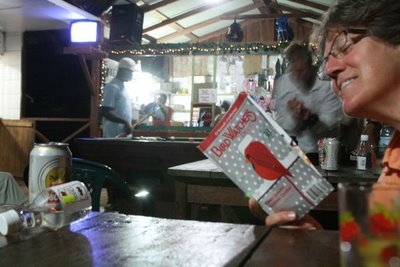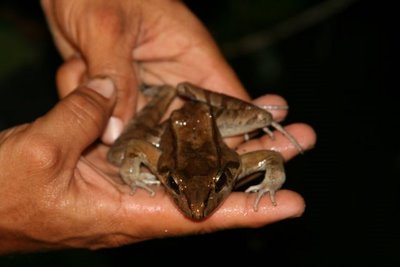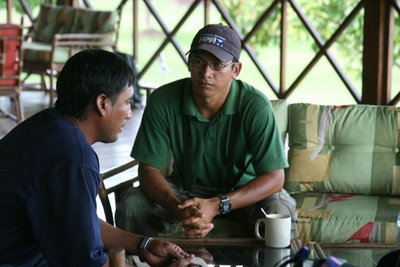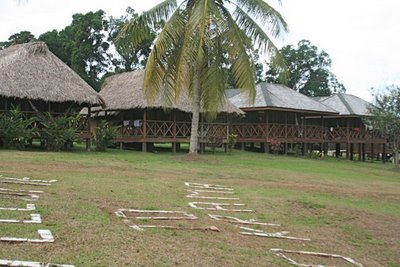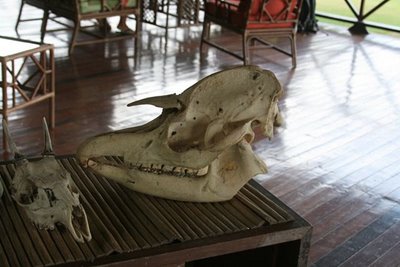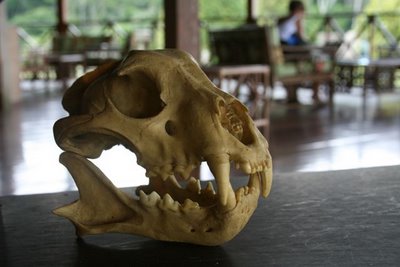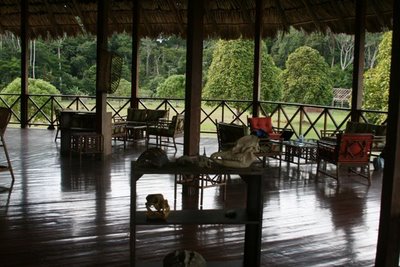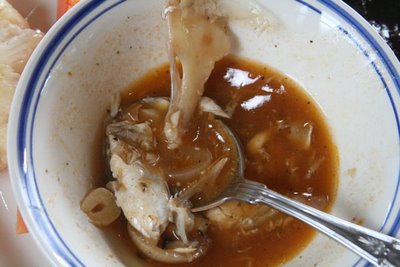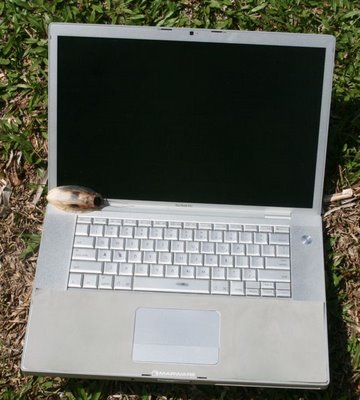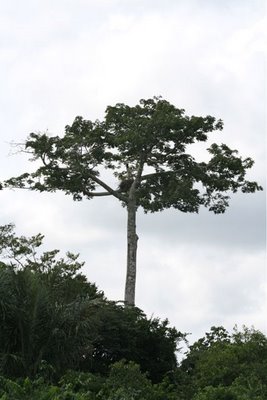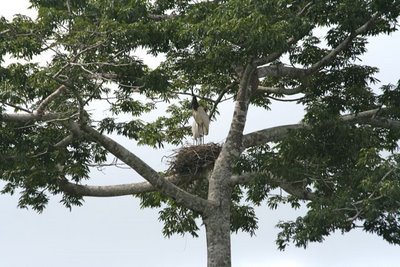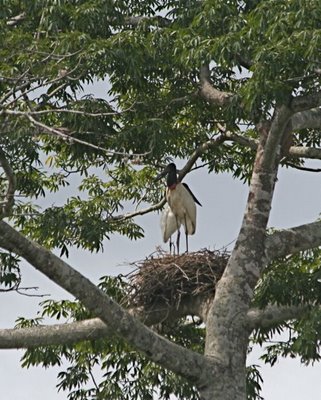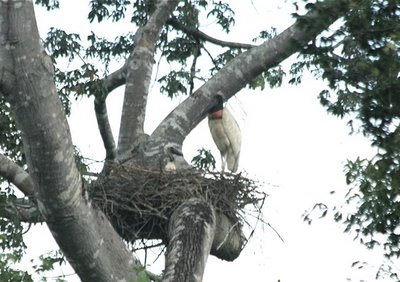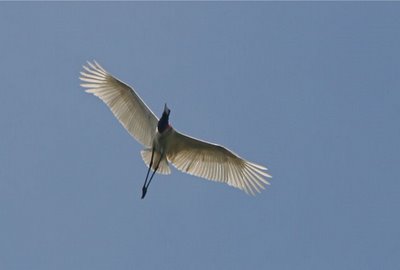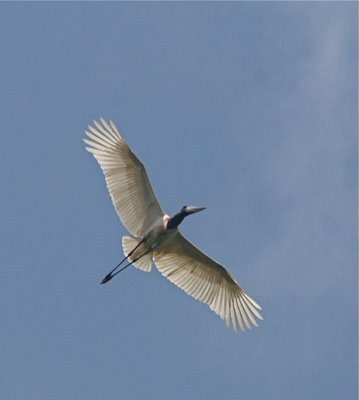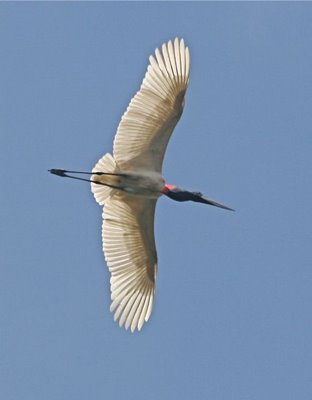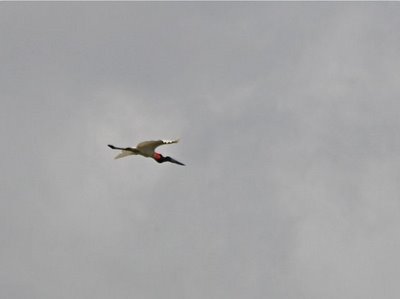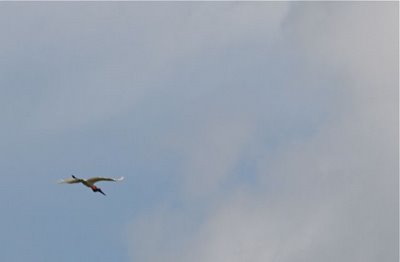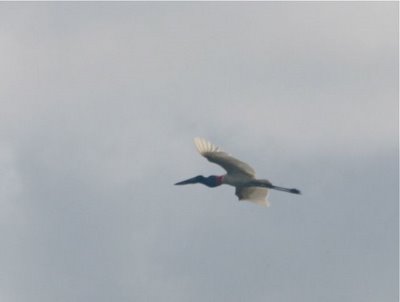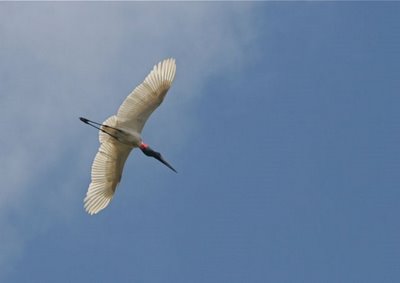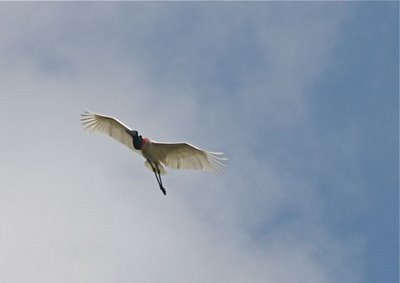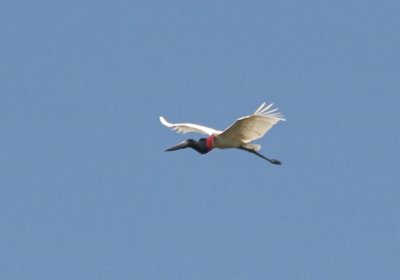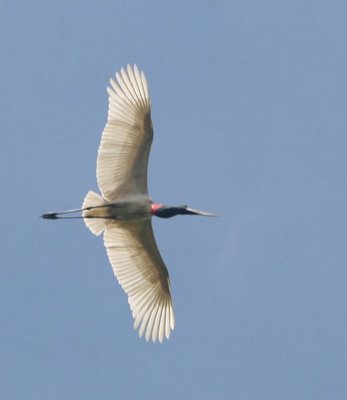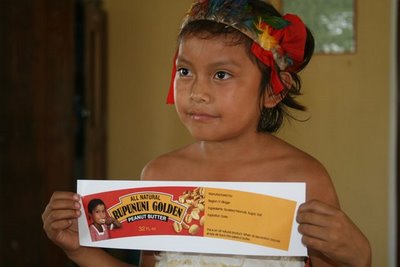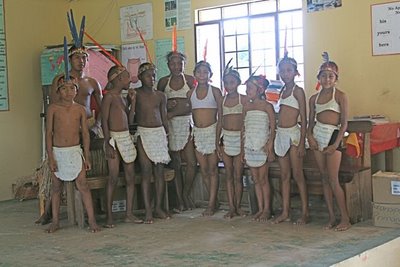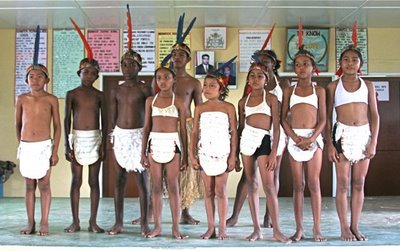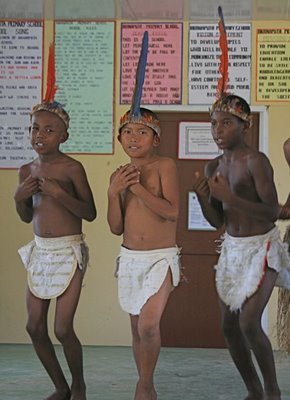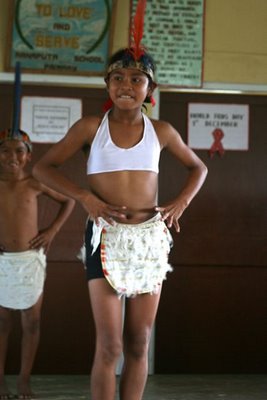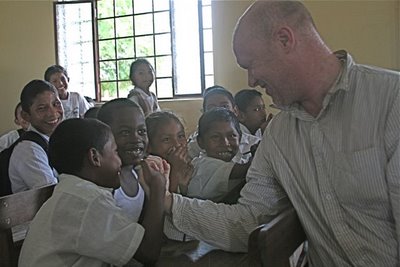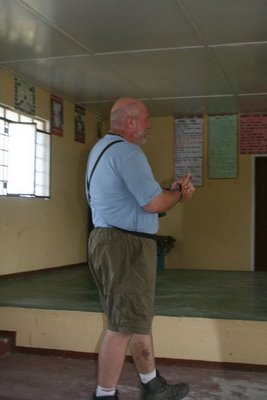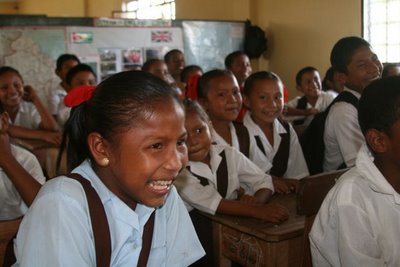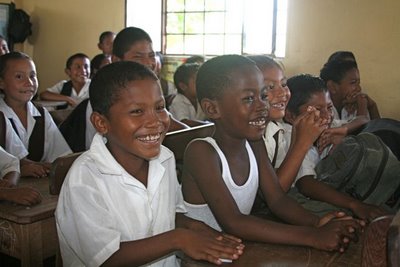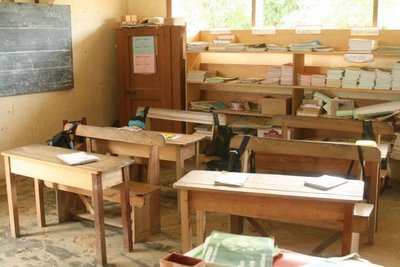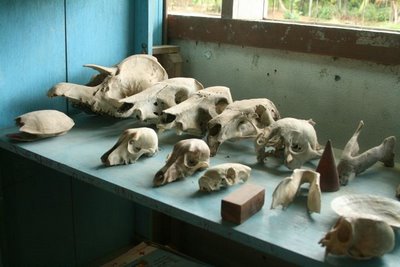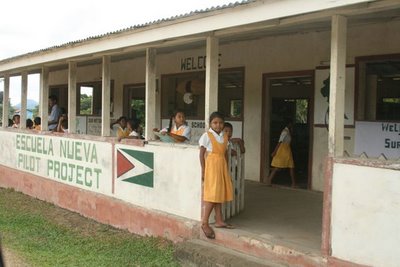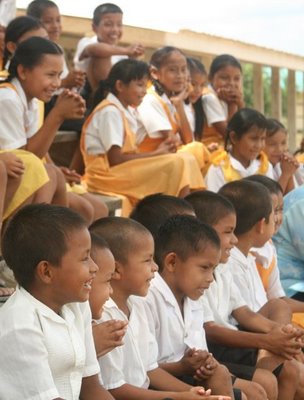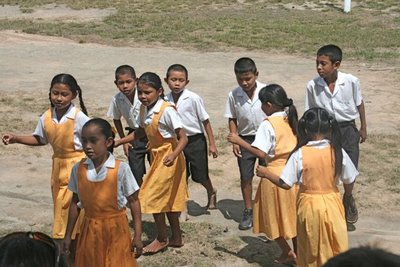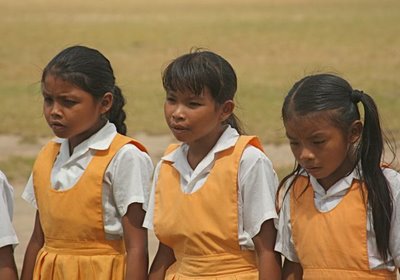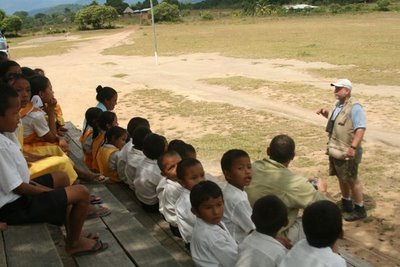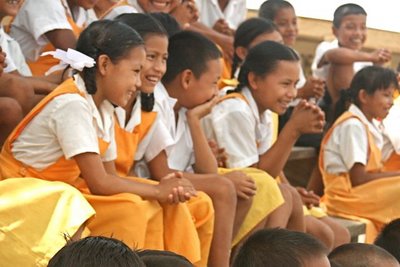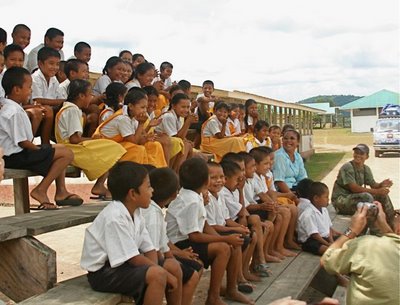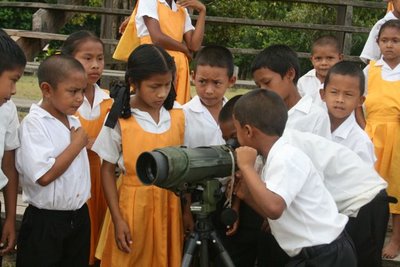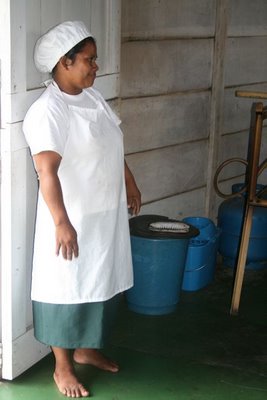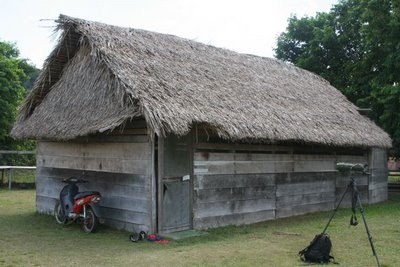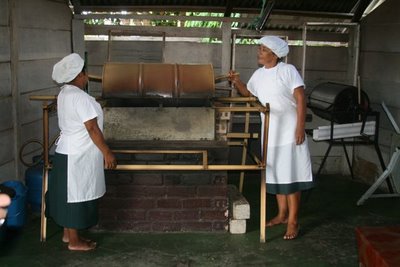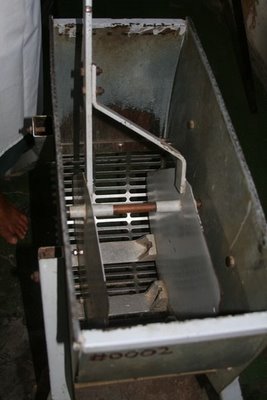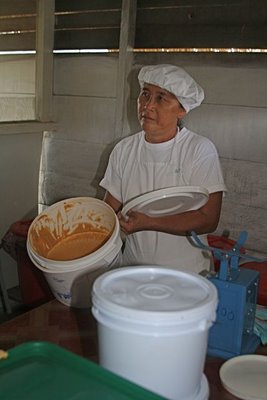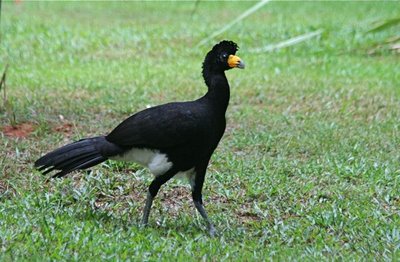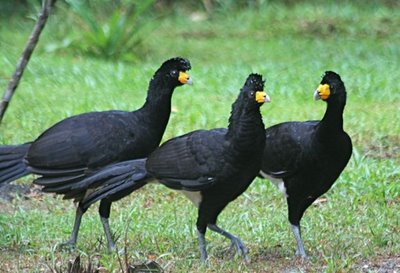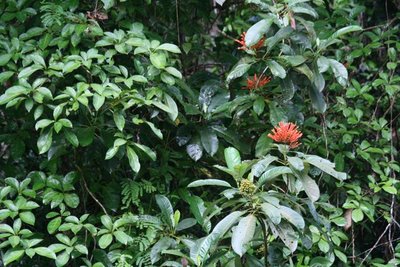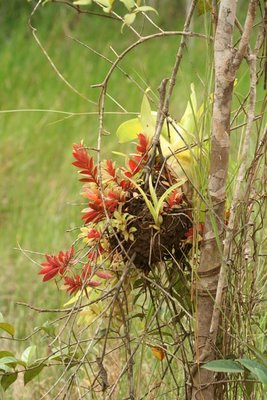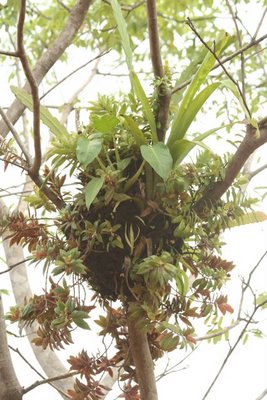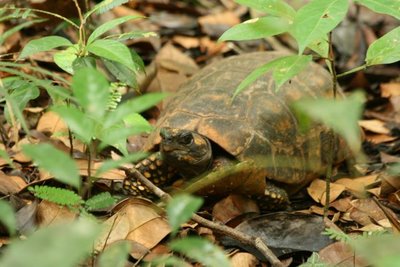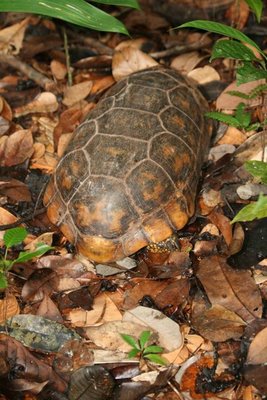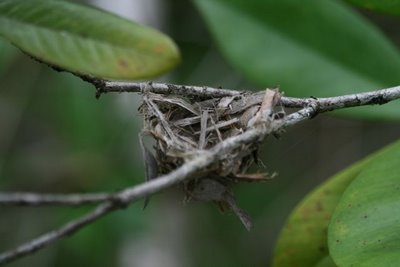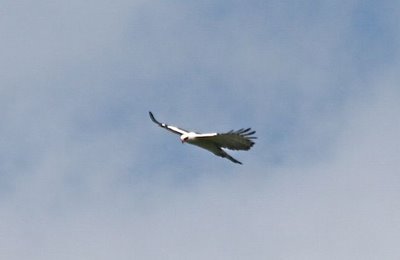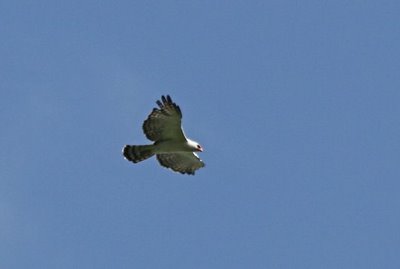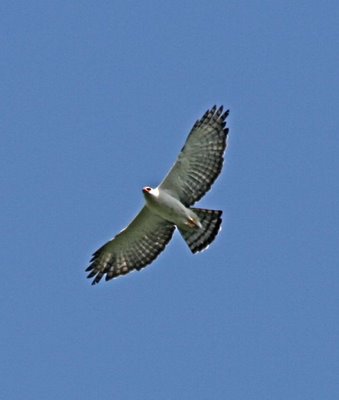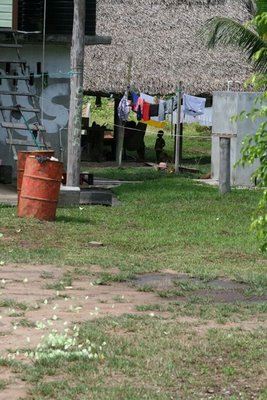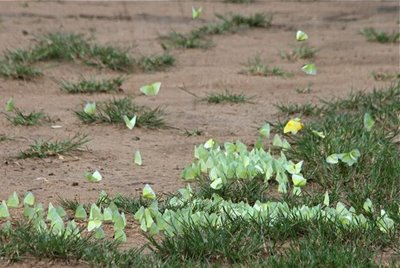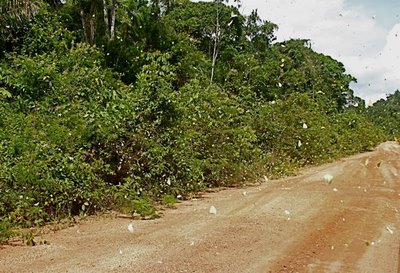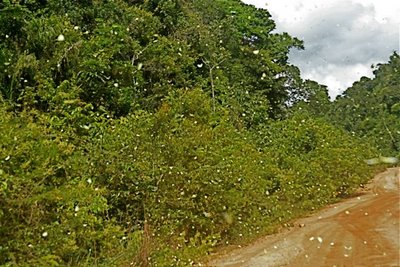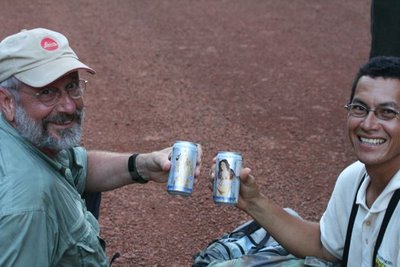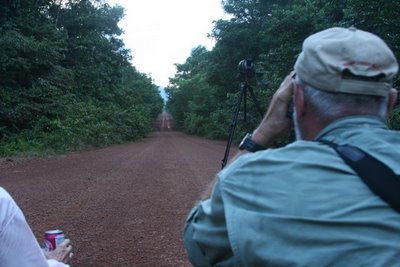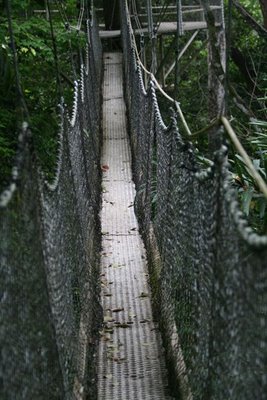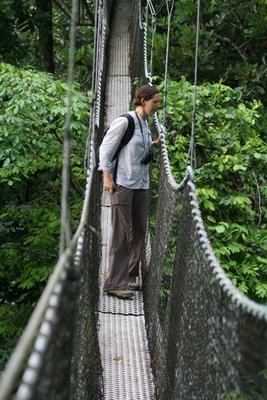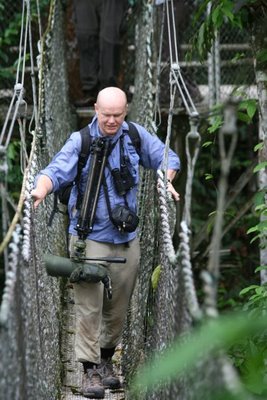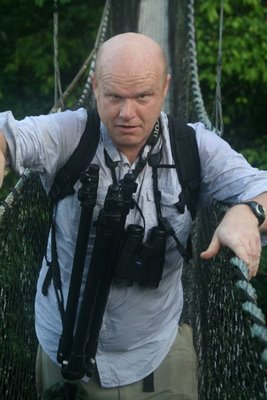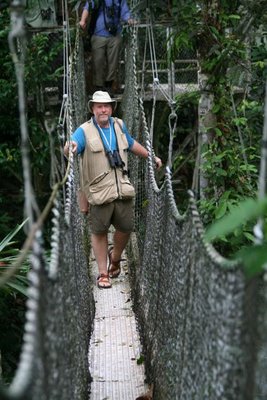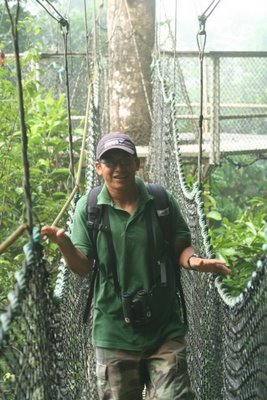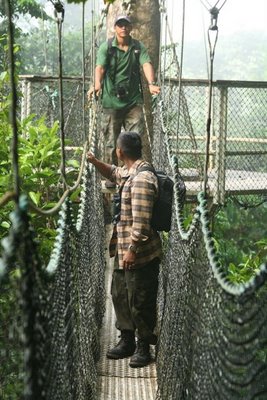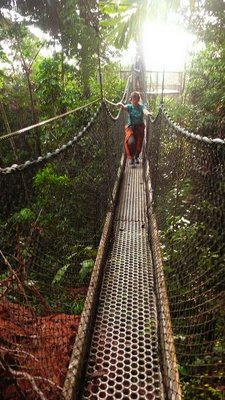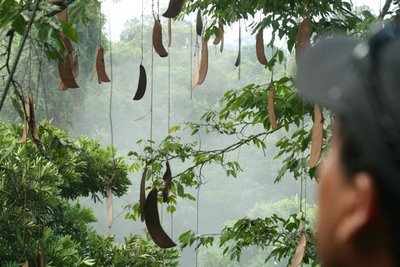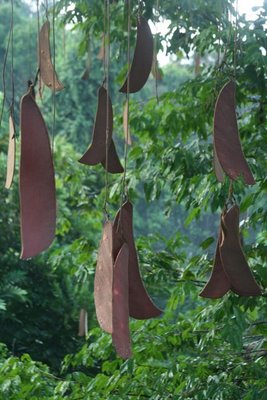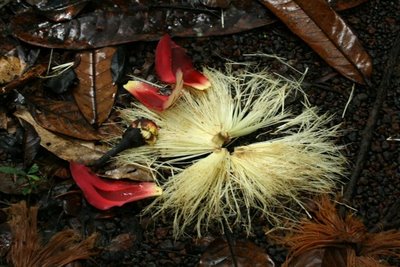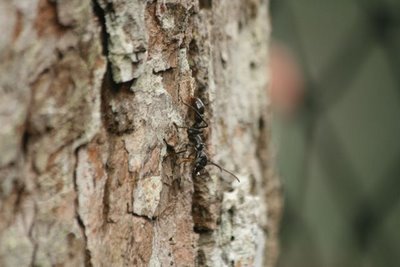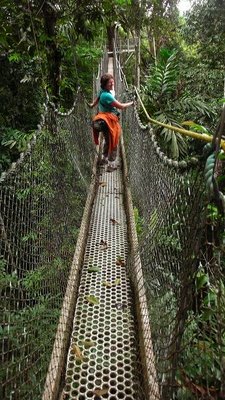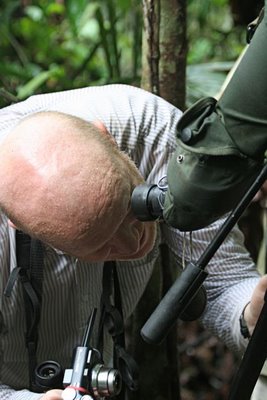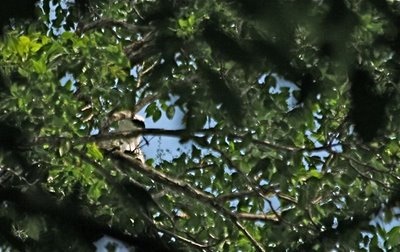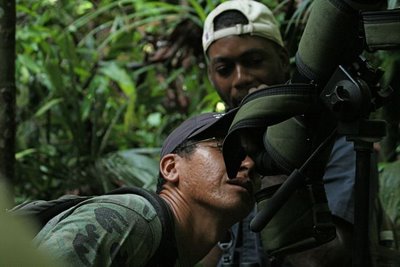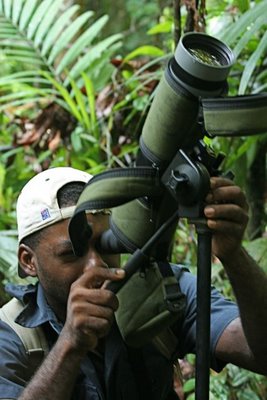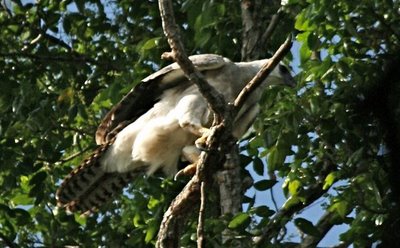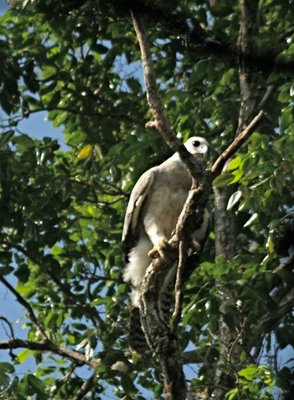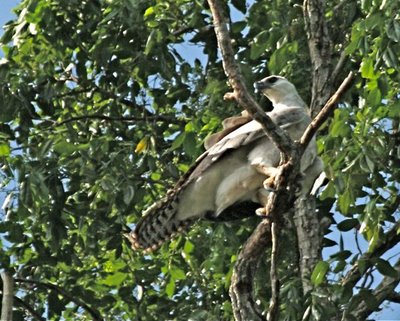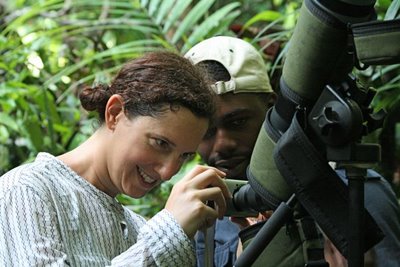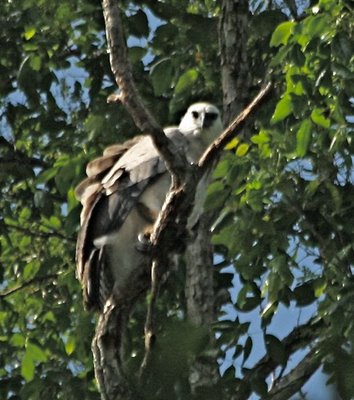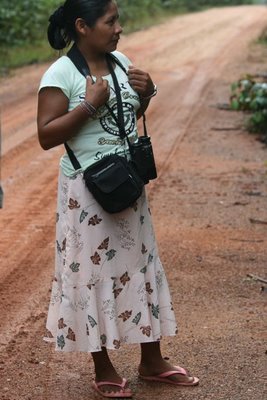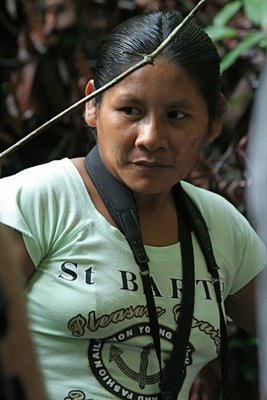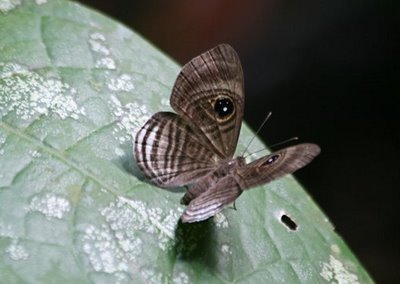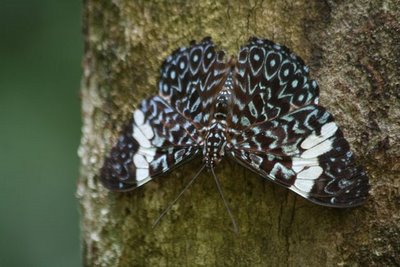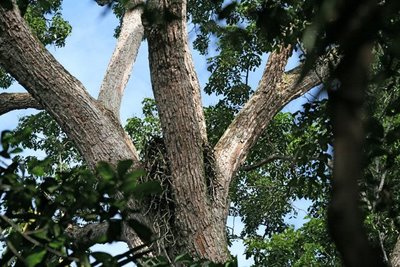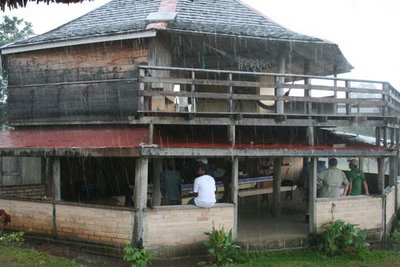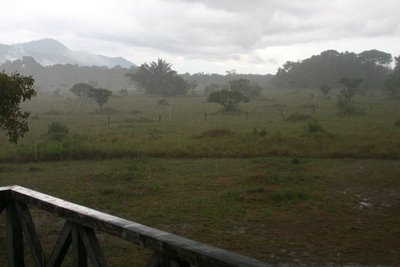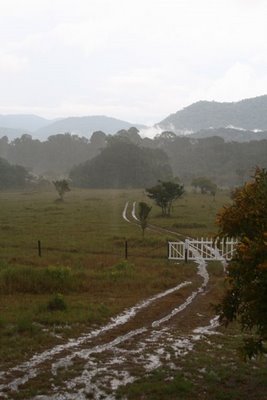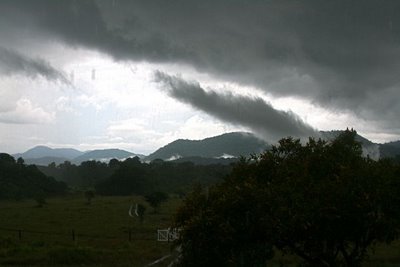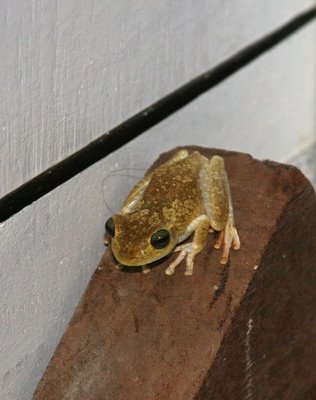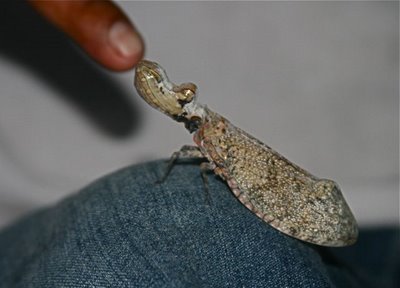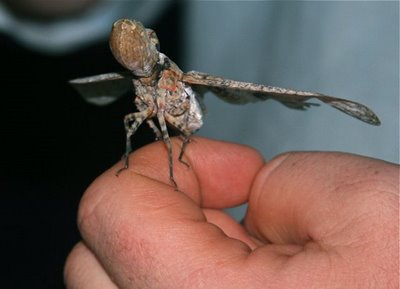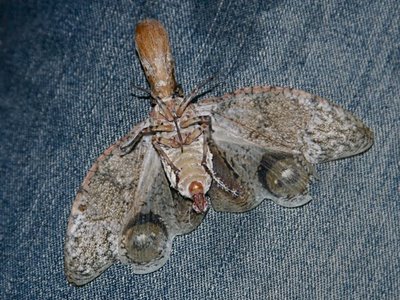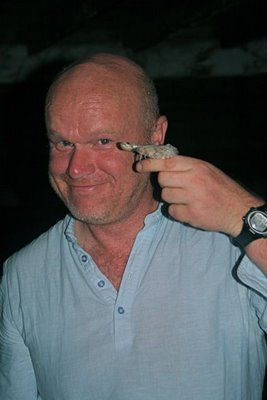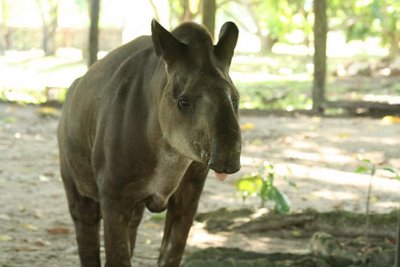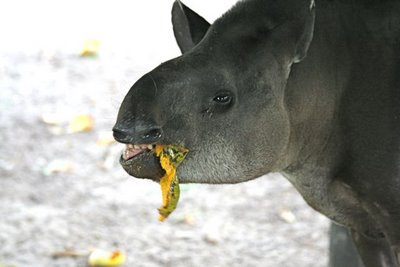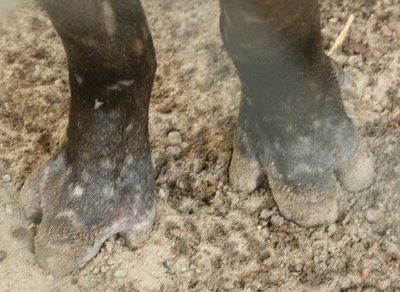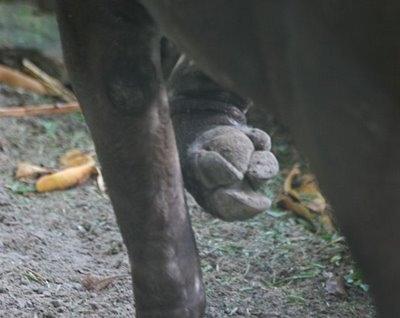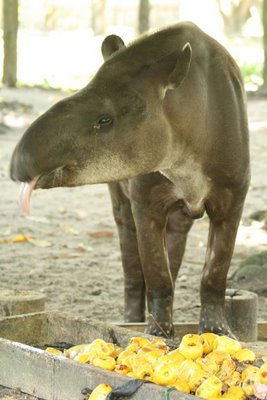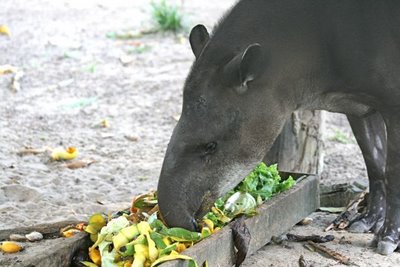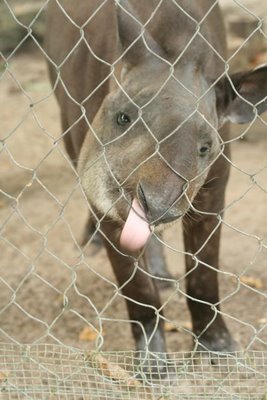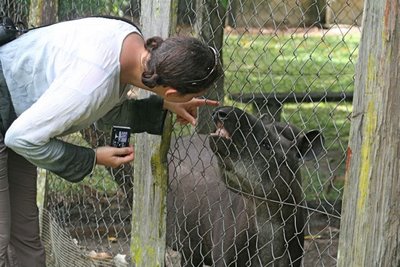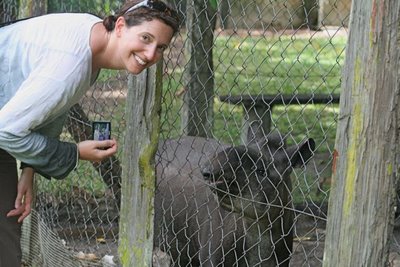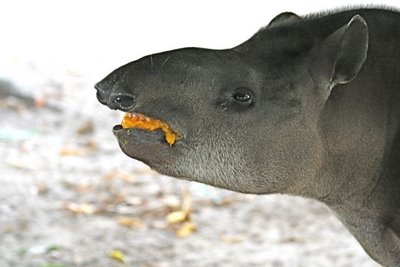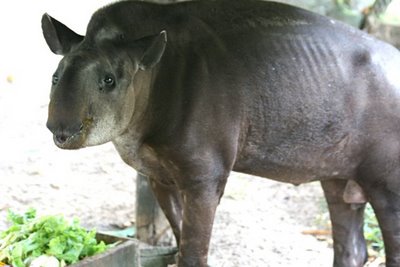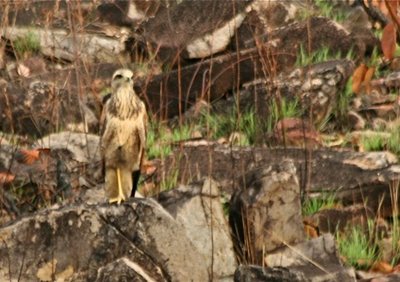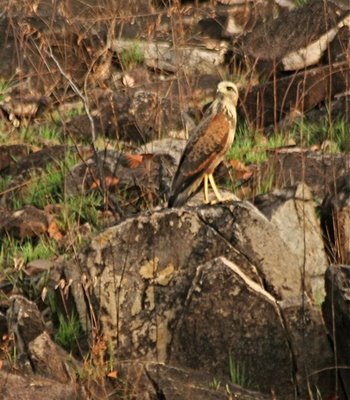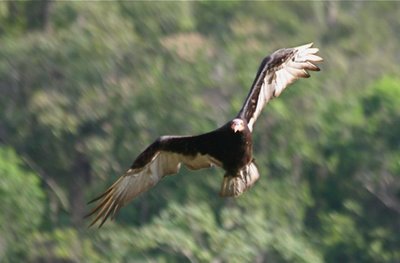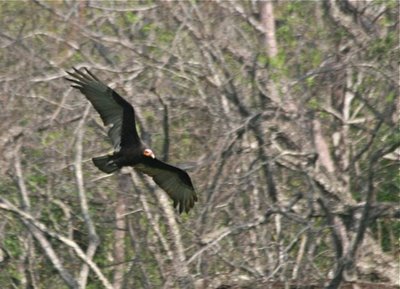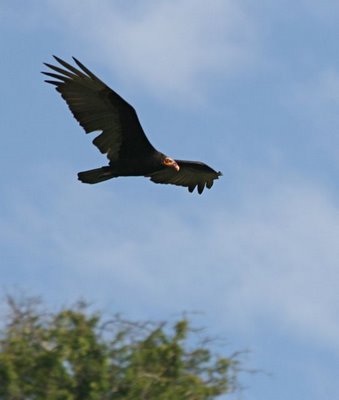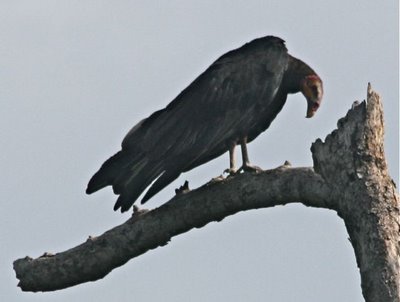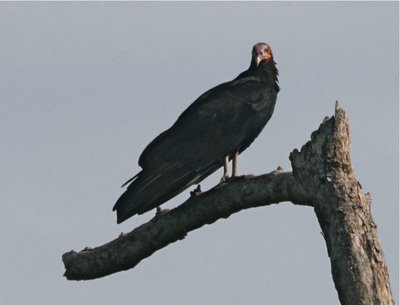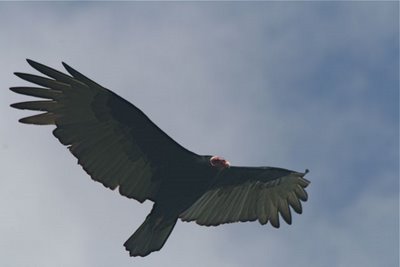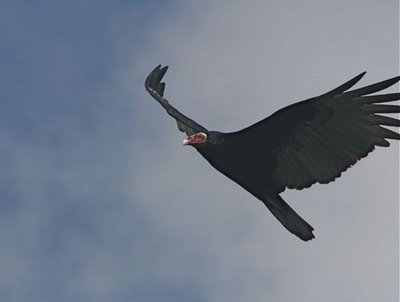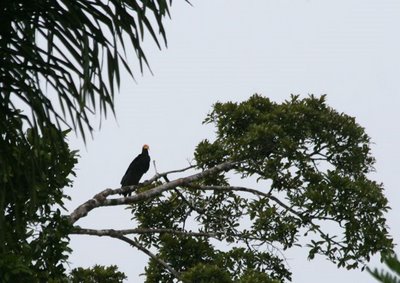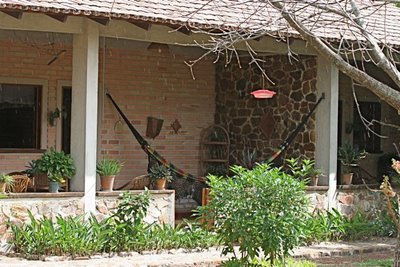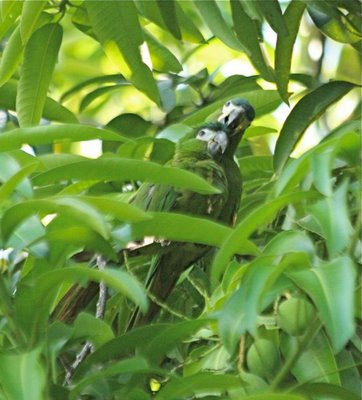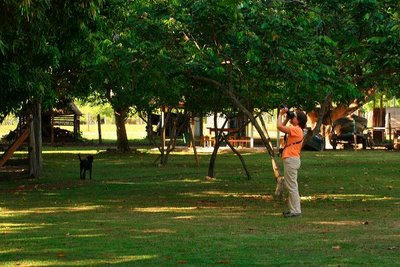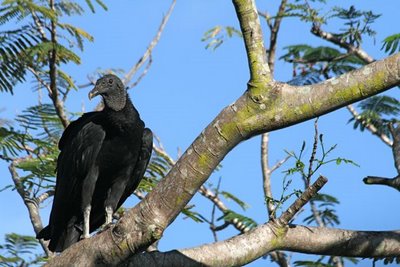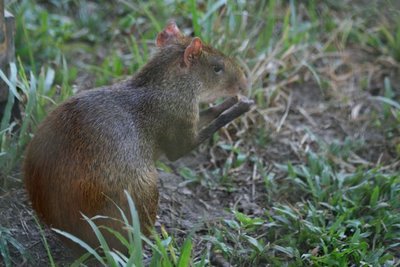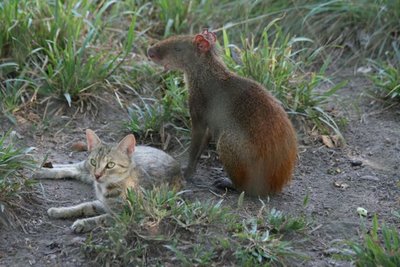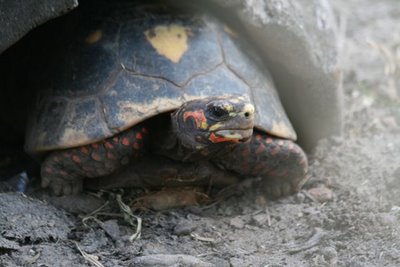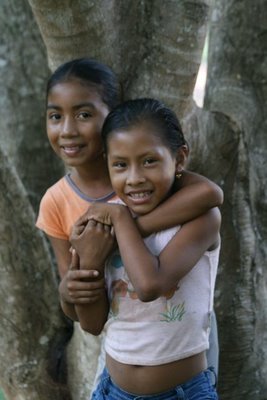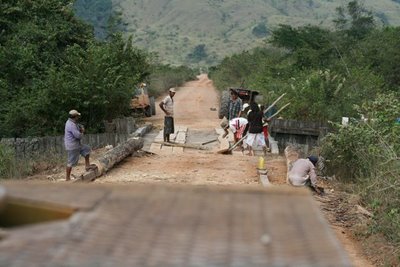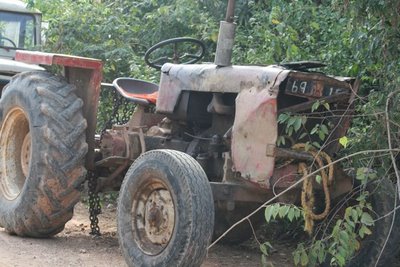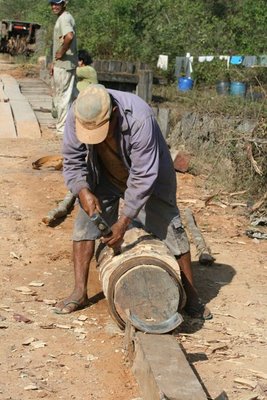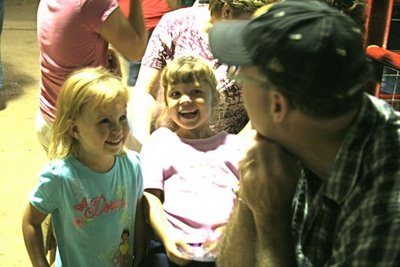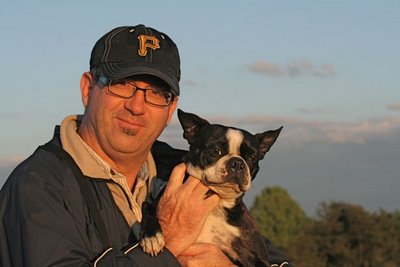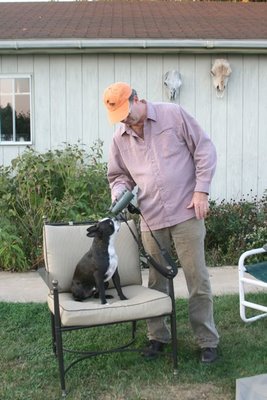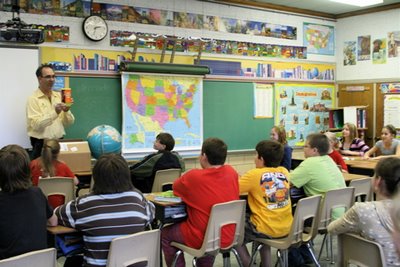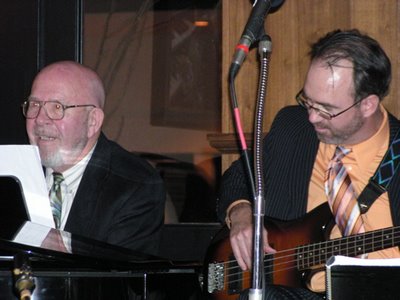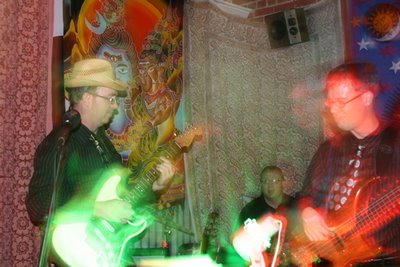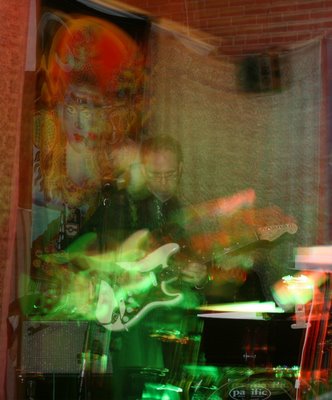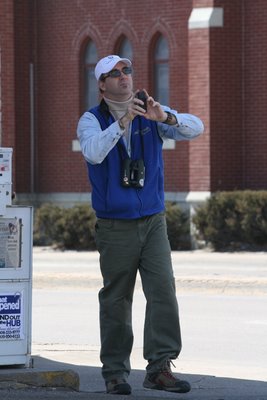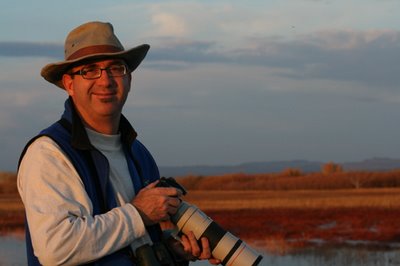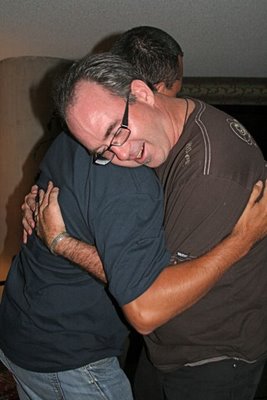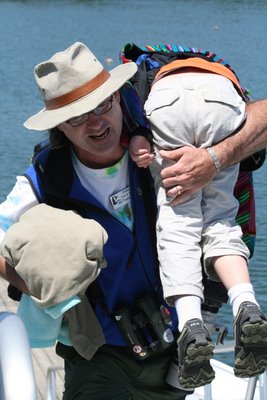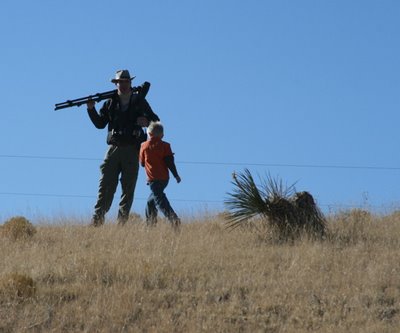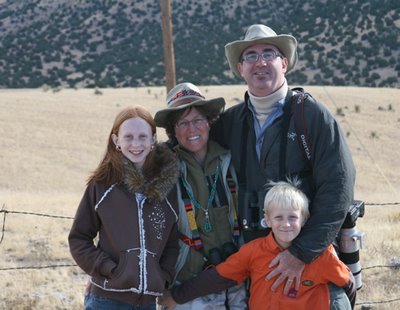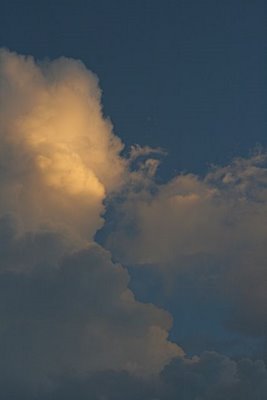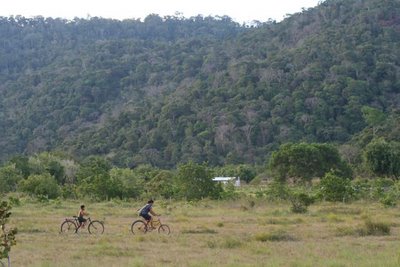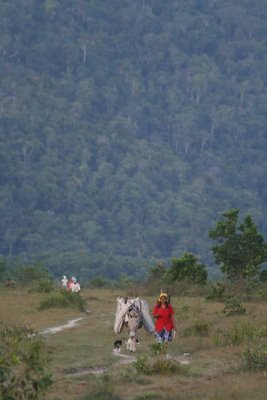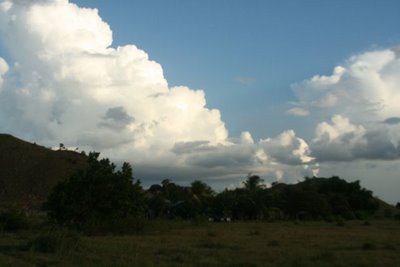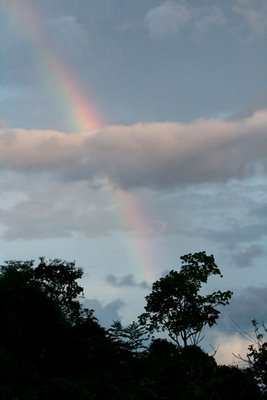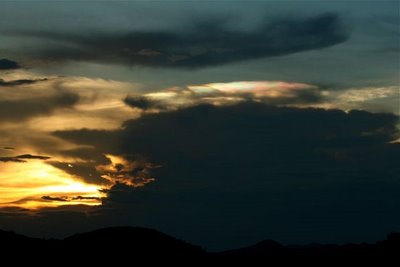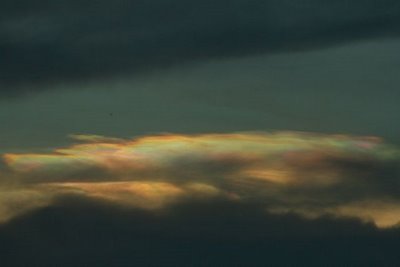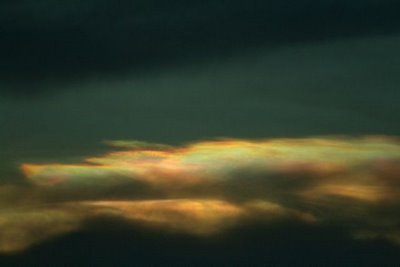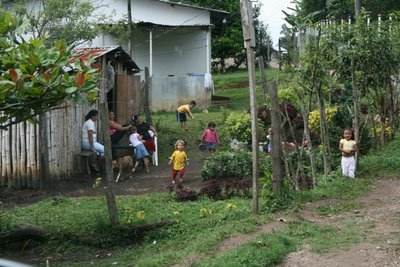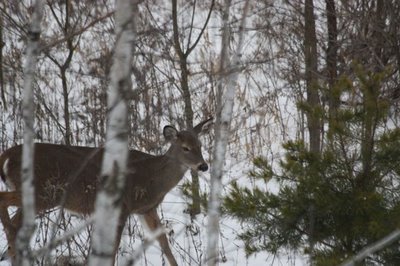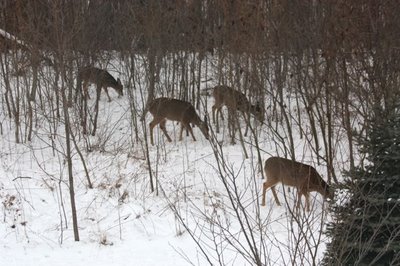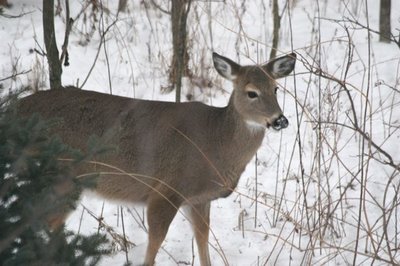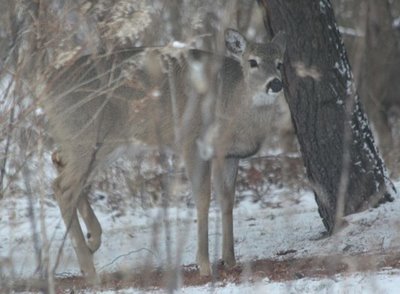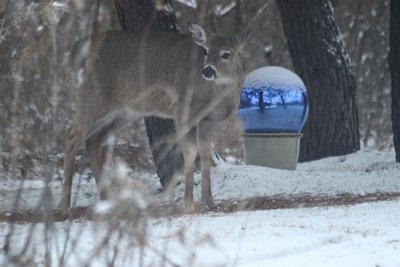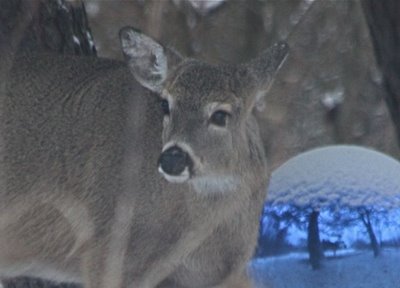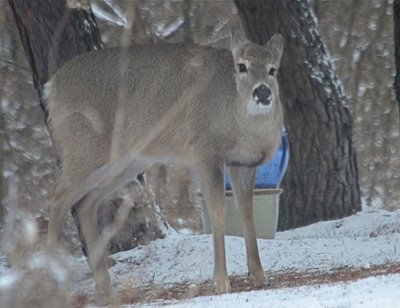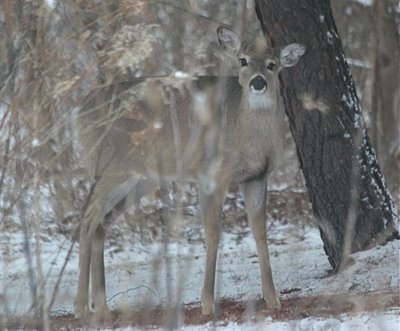
Did everyone turn off their lights from 8:30-9:30 on Saturday? We did. We're pretty good at dealing without electricity, after this winter. If anyone's wondering, that's a vintage Poll Parrot clock on the wall, a second anniversary gift Bill and I gave each other. The mysterious black machine beneath the clock filters our water five times, ozonates, carbon polishes it, and, we hope, fills us with never-ending health and goodness. I couldn't live without Mr. Goodwater.
Turning the lights off made us notice how beautiful daffodils are by candlelight. So are clivias.
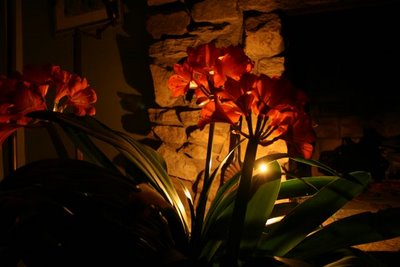
The
Clivia miniata (Kafir lily) I've nurtured for three years has three huge bursts of orange, fragrant blossoms. This, for having left it bone-dry in a cold basement all winter. That's what it likes.
I love flower time. I really, really love flowers. Outside, there are crocuses and daffodils galore.
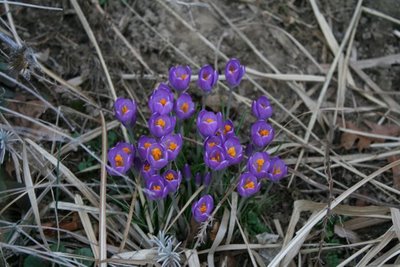
When we first moved here, there was a sad little straight line of fancy daffodils that ran right through the middle of the lawn. It had once lined a driveway that was no more, and it no longer made sense in the landscape. So we mowed around them for a few years, then dug them up out of the rock-hard soil and planted them in the soft compost of our new raised flower beds.

This is just a fraction of the daffodils we now have.
The big dig was about 14 years ago. They have multiplied to the point that I dig up daffodil bulbs with everything I try to plant in those beds.
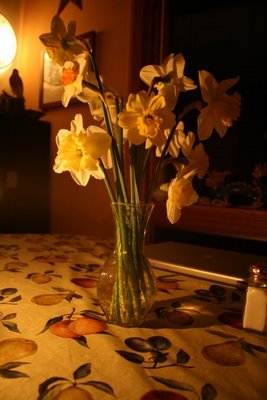
I can bring them in by the armload and never notice I've cut them, there are so many bobbing and dancing in the cold spring wind. All that from just a few bulbs, transplanted to a place they can thrive and multiply. Plants just give and give and give.
Meanwhile, out in the greenhouse, everyone's going k-k-k-krazy.
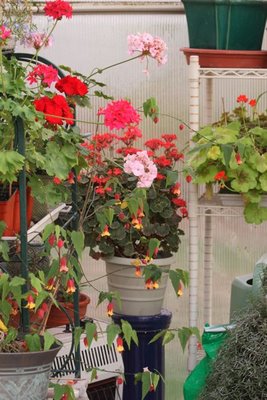
Look at the little red and yellow bells of
Abutilon megapotamicum. All the gerania that were just leaves in my last post are blooming their heads off.
Inside the house, the orchids are winding up. Oh Lord, I love this time of year, when I get up every morning and peek down into their paired leaves to see if I can find a new bloom spike starting. Plants are blooming this spring that haven't bloomed for years. I think it's the
massive repotting I did in November, that's what I think. I think it's the
Aussie Gold medium I used. It's payback time. The diatomaceous earth in the Aussie Gold medium seems to have licked the mealybugs, and throwing out sick plants helped a lot. Not to mention the thorough washing and spraying they got in November, in that marathon of orchidaceous labor. With orchids, it's all about being willing to wait.
Psychopsis Mendenhall "Hildos" is about to unfurl another dancing flamenco lobster, its eighth since last June. Ahhh.
Here's
Laeliocattleya " Firedance Patricia" about to haul off and give me some red flowers.
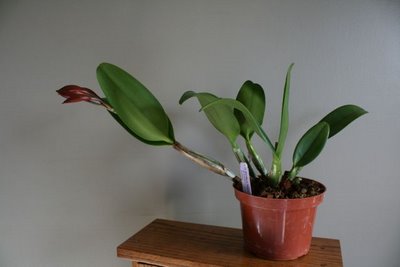
You can tell it's happy because the new growth off to the left side is so robust and full of buds.
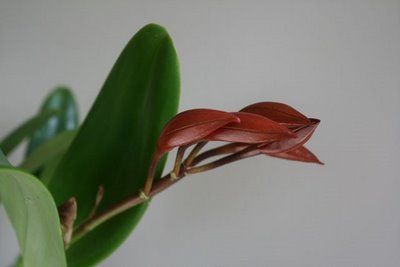
The promise in those fat bronze buds...the anticipation of waiting for them to open...such fun. And then a few days go by and boom, they open.
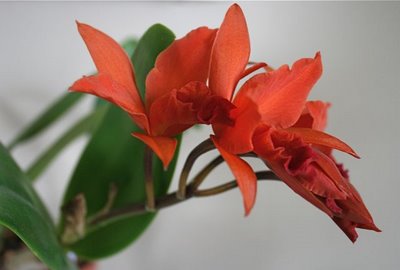
But for now, the undisputed Queen of the Collection is a
Brassaevola cross called "Morning Glory." I....love.....this.....plant.
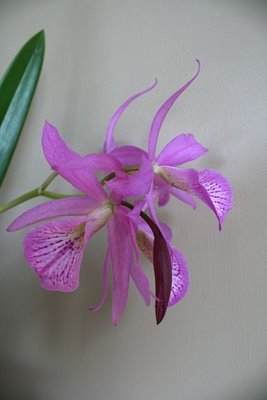
The flowers are enormous, three inches or more across, and fragrant. OK, you had me at enormous, but fragrant? Almost seems too much to ask for. Now, pull back and look at the entire plant, which is a couple of feet across at this point.
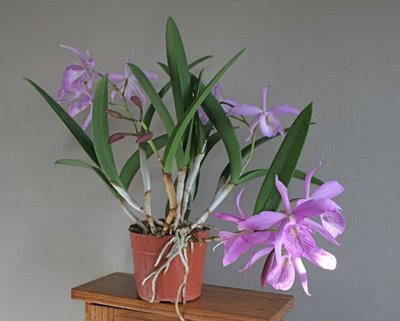
That's what I'm talkin' about. A plant that is self-actualizing, blooming from every new growth point, practically leaping from its pot in exuberance. At last count, sixteen blossoms open at once. Stinkin' up the place.
These are the things that happen when plants are happy, when the lines of caring and communication are open between plant and caretaker. You feel like an orchid samurai, keeper of ancient secrets, axion of ability, but really, it's just this little magical thing that happens when you care enough to figure out how to do the right thing.
On Friday, I made my way back from my speaking engagement in Middletown by way of Columbus. There was to be a huge orchid show and sale, if the American Orchid Society and Central Ohio Orchid Society web sites were to be believed, running from Friday through Sunday at an airport hotel. I drove around in circles looking for the right Mariott, and when I finally found the entrance, I made my way inside the huge atrium where I teamed up with two equally confused women who'd driven down from Detroit, who, when I spotted them, had that look of the orchid fancier about them: smart, sharply dressed, well-tended. (I am a distinct anomaly). We wandered around asking custodians about it until someone told us which conference room might hold the show. Finally we found a room with a few orchids on a folding table, nothing more. It seems the web sites had misled us; setup was Friday, and the show actually opened Saturday morning. The vendors hadn't even arrived yet.
Oh.
The orchid ladies from Detroit, who'd driven three hours expressly to buy some new orchids, were a good deal more perturbed than I. I immediately took it as a cosmic smackdown, and actually felt relieved. Clearly, I don't need any more orchids than the 38 currently cramming my shelves, and the gods agree about that. I climbed back in the Exploder, kissed Chet Baker, and headed home to enjoy what I already have. Which, in truth, is way more than enough. A fact that will make itself clear next November, at the next repotting marathon.
It's not having what you want.It's wanting what you've got.Sheryl Crow, "Soak Up the Sun"
Labels: clivia, Clivia miniata, cosmic smackdown, crocuses, daffodils, orchids, repotting orchids

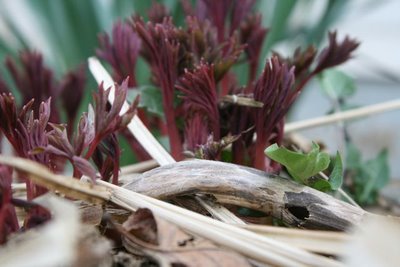
 Up again, are you?
Up again, are you?
















